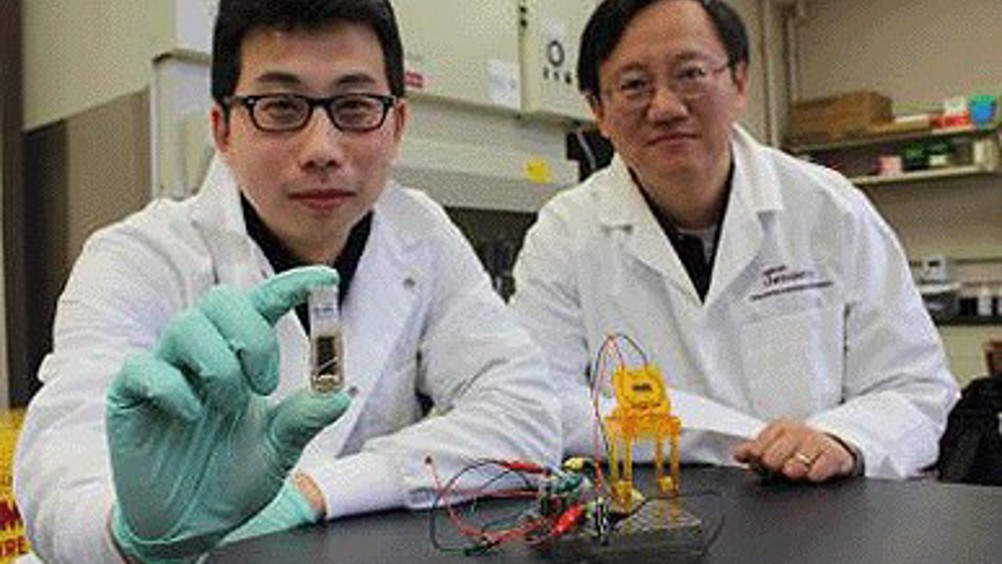Fuel cell receives energy boost from sugar
A new enzymatic fuel cell could eventually replace conventional batteries in portable electronic devices, claim researchers who have made energy density gains with their prototype power source.

The findings from Y.H. Percival Zhang, an associate professor of biological systems engineering in Virginia Tech’s College of Agriculture and Life Sciences and the College of Engineering, have been published in Nature Communications.
While similar power sources have been developed, this one has an energy density an order of magnitude higher than others, allowing it to run longer before needing to be refueled, Zhang said in a statement. He added that the new power source could be operating inside electronic devices in as soon as three years.
‘Sugar is a perfect energy storage compound in nature,’ Zhang said. ‘So it’s only logical that we try to harness this natural power in an environmentally friendly way to produce a battery.’
The new enzymatic fuel cell forms part of Zhang’s research which has previously seen the utilisation of a series of enzymes mixed together in combinations not found in nature. Similarly, he has created edible starch from non-food plants, and developed a new way to extract hydrogen in an economical and environmentally friendly way that can be used to power vehicles.
Register now to continue reading
Thanks for visiting The Engineer. You’ve now reached your monthly limit of news stories. Register for free to unlock unlimited access to all of our news coverage, as well as premium content including opinion, in-depth features and special reports.
Benefits of registering
-
In-depth insights and coverage of key emerging trends
-
Unrestricted access to special reports throughout the year
-
Daily technology news delivered straight to your inbox










Water Sector Talent Exodus Could Cripple The Sector
Maybe if things are essential for the running of a country and we want to pay a fair price we should be running these utilities on a not for profit...